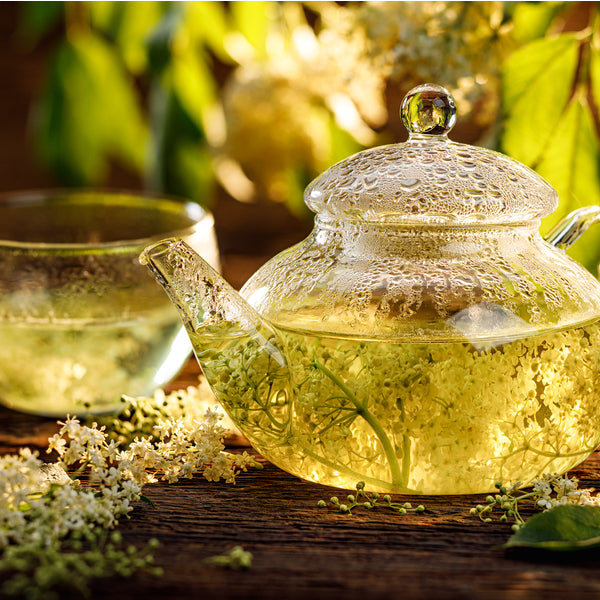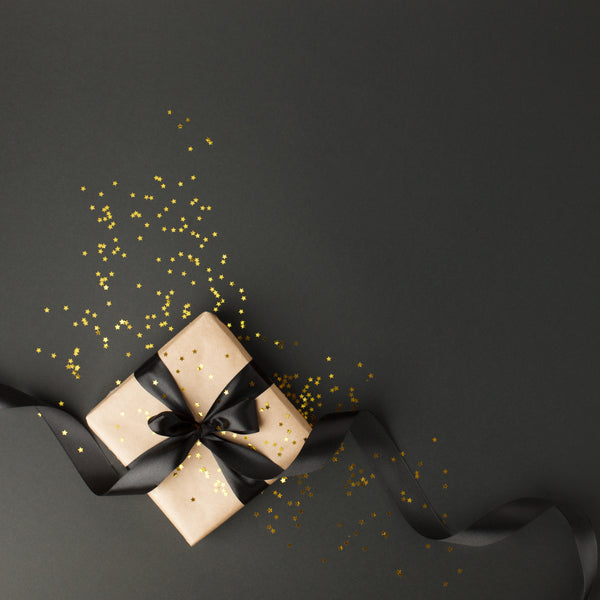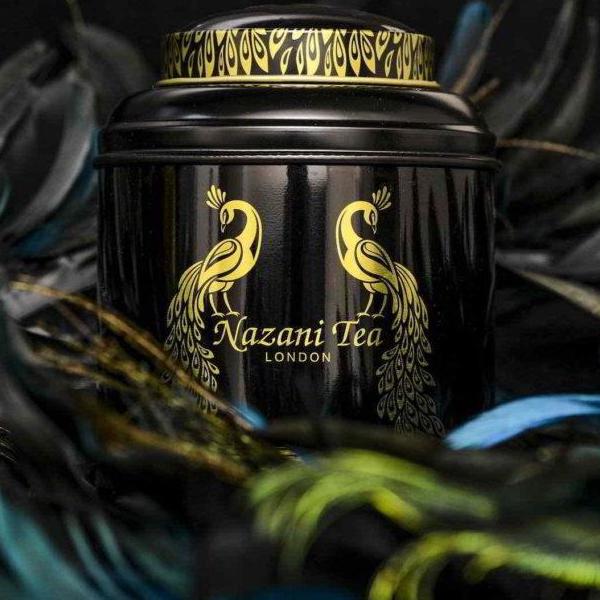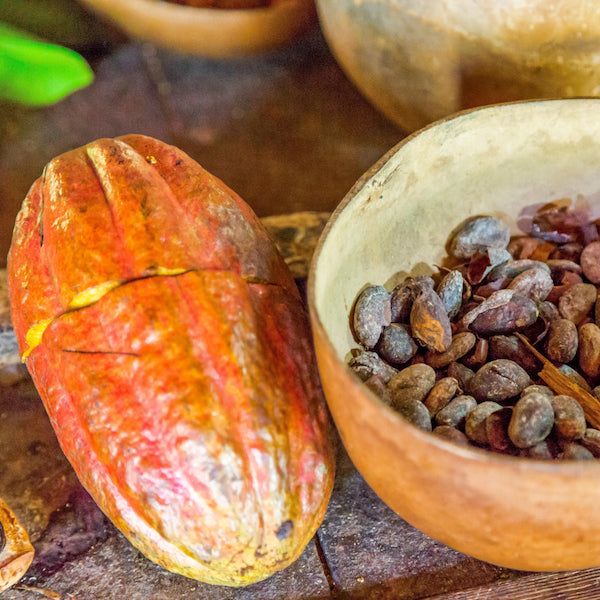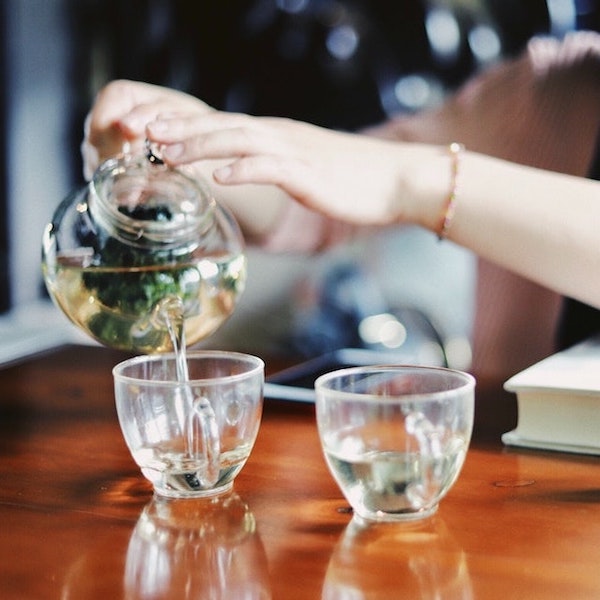With Halloween approaching who will you dress up as? For women, witches and Cleopatra costumes will no doubt dominate Halloween parties as they do every year. Both of these have connections with the knowledge of plants and herbal healing. Before reason and science overtook most cultures, among the various bewildering ideas that could have women labelled as witches was the knowledge of plants and herbs that accompanied the notions of magical and healing abilities through ritualistic activities such as the brewing of herbal infusions, the creation of balms and a myriad of other therapies and remedies. Though this seems ridiculous to human beings of today it was not the case with populations of the past.
Ancient Egyptian medicine was based on the idea that a human was a body and various parts of the soul, so it was composed of a combination of rational and irrational treatments. These treatments had not only their scientific sides but also magical procedures most likely because illness was thought to have been caused by the dead, God or the malevolence of enemies. For example, blindness was attributed to punishment of the gods. Continuing with the eye theme, note the dominant eye of the peacock in the Nazani Tea logo. In the general area of the Near and Middle East the evil eye is thought to be a spell cast to cause sickness to someone so an eye is usually placed as a symbol to deflect such harmful intentions. And, of course there is the famous eye makeup Cleopatra wore for aesthetic and even possibly protective purposes.
Cleopatra was known for many things such as speaking several languages and especially her love affair with Marc Antony. She was a ruler of Ptolemaic Egypt, which meant she was of Macedonian Greek heritage. A prominent feature of ancient Greek medicine were Asclepions or Temples of Asclepius – “magical” places of medicine in which healing methods involved cleansing with sacred water and incubation named after Asclepius, a son of Apollo and the founder of medical science. There were similar temples much earlier in Egypt but the only one to have been excavated there is the Sanatorium of Dendera attached to the main temple.
In addition to her responsibilities as ruler in ancient Egypt, Cleopatra completed some writings related to herbs and cosmetics, which were unfortunately destroyed in the fire of the great Library of Alexandria in 391 AD. The esteemed Greek physician, Galen had studied her work and transcribed some of the recipes Cleopatra had concocted. Her writings included beauty tips that have all been lost and show an interest in herbal healing.
If Cleopatra had the entirety of the Nazani Tea collection in her ancient laboratory, how would you imagine she would blend our products? Why not experiment like Queen Cleopatra and make your own blend of Nazani Tea with the various products from our collections, and tell us about your experience!

